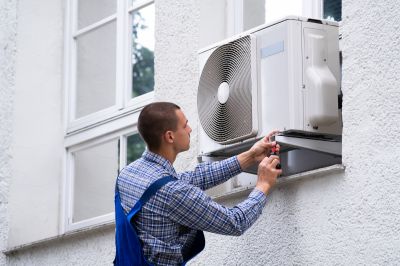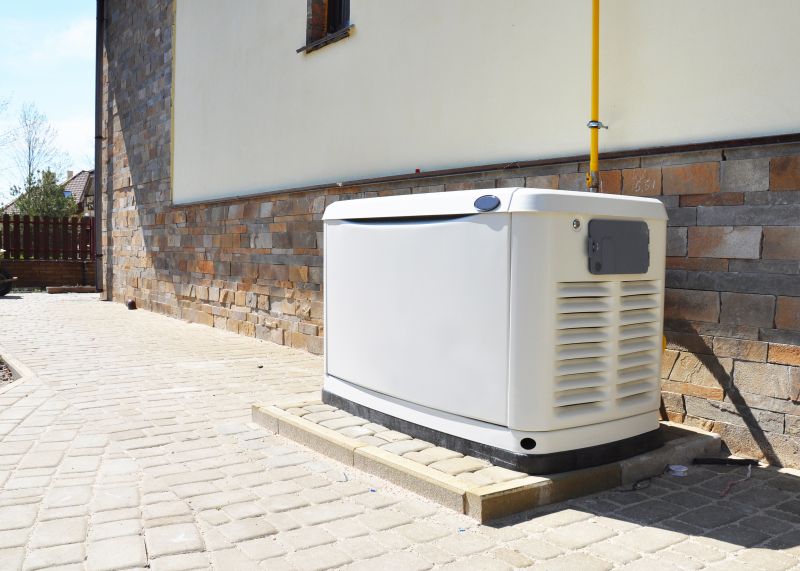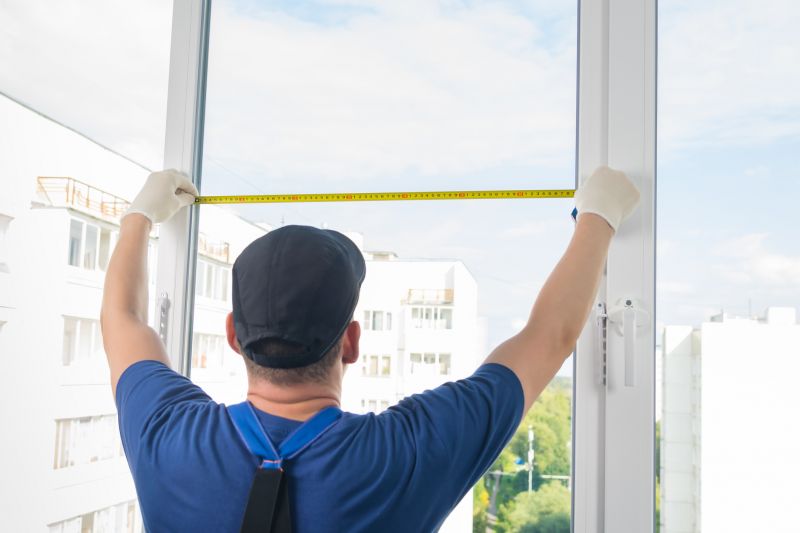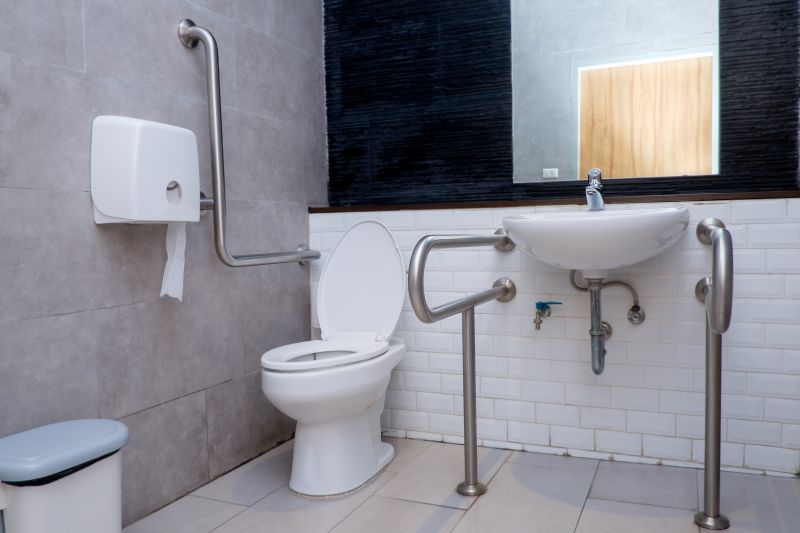Optimal Timing for Windows Installations
Determining the best time for Windows installations involves considering factors such as system readiness, workload schedules, and environmental conditions. Proper timing ensures minimal disruption and optimal performance. Typically, periods of lower activity or scheduled maintenance windows are preferred for such updates.
Spring and fall often provide ideal conditions due to moderate temperatures and less extreme weather, reducing the risk of installation delays or issues.
Scheduling installations during off-peak hours or weekends minimizes operational downtime and allows for thorough testing afterward.
Avoid periods of high humidity or temperature extremes, which can impact hardware performance during installation.
Advance planning ensures compatibility checks and backups, reducing the risk of data loss or system conflicts.

A technician performing a Windows installation on a desktop computer.

Calendar with marked off-peak hours for system updates.

Data center with climate control to ensure optimal hardware performance during installations.

Ways to make Windows Installations work in tight or awkward layouts.

Popular materials for Windows Installations and why they hold up over time.

Simple add-ons that improve Windows Installations without blowing the budget.

High-end options that actually feel worth it for Windows Installations.

Finishes and colors that play nicely with Windows Installations.
| Aspect | Best Practice |
|---|---|
| Season | Spring or fall |
| Time of Day | Off-peak hours or weekends |
| Weather Conditions | Moderate temperatures and low humidity |
| Preparation | Complete backups and compatibility checks |
| Post-Installation | Allow time for testing and validation |
| Workload | Schedule during low activity periods |
| Hardware Readiness | Ensure hardware is in optimal condition |
| Communication | Notify users in advance |
Windows installations are a critical component of maintaining system security and performance. Proper timing ensures minimal disruption to daily operations and allows for comprehensive testing after updates. Regularly scheduled installations can prevent security vulnerabilities and improve system stability, especially when aligned with periods of low activity.

A technician setting up Windows on a server.

External drive with backup data before installation.

Screen showing installation progress.

IT professional verifying system functionality.

Little measurements that prevent headaches on Windows Installations day.

A 60-second routine that keeps Windows Installations looking new.

A frequent mistake in Windows Installations and how to dodge it.

Small tweaks to make Windows Installations safer and easier to use.
Interested in scheduling a Windows installation? Filling out the contact form can help coordinate a suitable time that minimizes impact on operations and ensures a smooth process.
